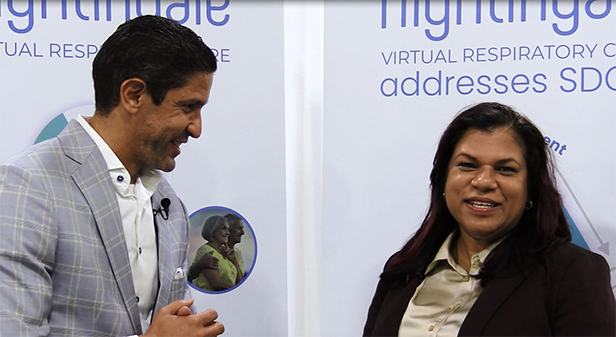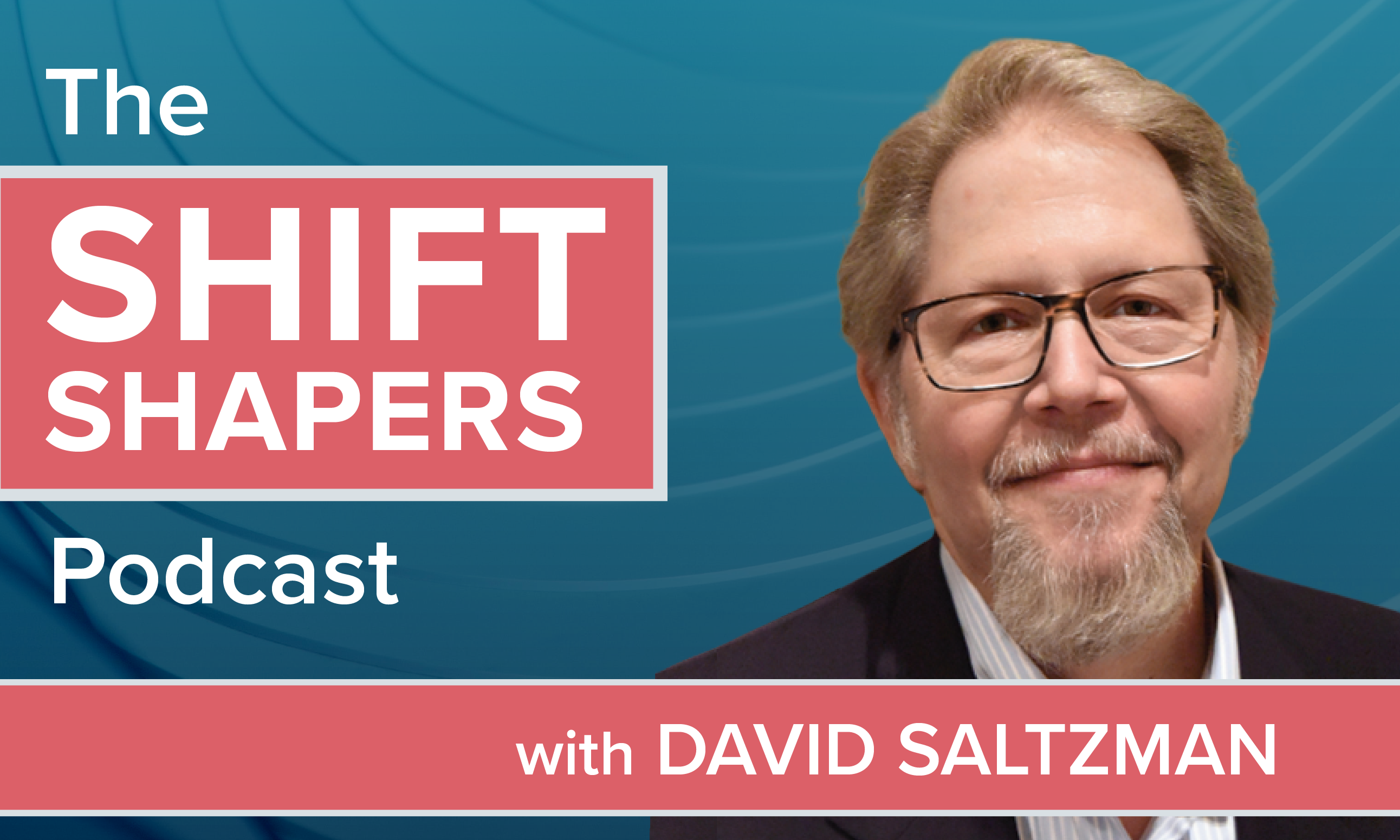Congress released its much-awaited replacement of the Affordable Care Act thisweek — the American Health Care Act — which repealed a few majorprovisions of the ACA while keeping some of the current lawintact.
|Kim Buckey, vice president of client services at DirectPath, acompany focused on employee engagement and health care compliance,believes the proposed bill “falls short of the mark.”
|“There are a lot of provisions in here that are great to havebut come with a price tag — and I'm not sure yet that the bill hasaddressed where the money is going to come from to cover thoseexpenses,” says Buckey.
|One of the major repeals that would affect employers andinsurance providers is the removal of the employer mandate. Underthe ACA, employers with more than 50 employees must provideinsurance coverage.
|Ann Duke is the director of regulatory compliance atPrimePay, anonline payroll and HR services company, and helps clients meetrequirements of the ACA. She says she doesn't believe removing theemployer mandate would mean employers will stop providing coverage,but rather ease their burden with regulations.
|“Everything that came along with [the ACA] was all kinds ofregulatory requirements,” Duke says. “You had part-time orvariable-hour employees, and you had to implement fairly complexformulas for determining who was to be offered coverage and who wasnot.”
|She also says this could create better choice of availableinsurance products for employees.
|But Susan L. Combs, CEO of insurance brokerage firm Combs and Company,worries about removing the employer mandate, as well as theindividual mandate.
|“I know many people tout that requiring health insurance is'unconstitutional,' yet you don't hear people saying that inregards to auto insurance,” Combs says.
|“It's all about mitigating your personal risk and you have aduty to do so. The mandates help to balance out the risk pool. Itis very important to have the high utilizers in with the young andhealthy, this in turn helps to manage and control the costs.”
|And when it comes to costs, the proposed bill suggests taxcredits rather than subsidies, which Combs thinks will be apositive for those living in large cities, like New York City,where her business is located. The bill proposes that individualsmaking $75,000 or less are eligible for a tax credit.
|“Living in NYC, less than 1 percent of my clients were eligiblefor a subsidy with the threshold being 400 percent of the federalpoverty level or approximately $47,000 per year,” Combs says.
|“I think this will definitely help out more people in themetropolitan areas where incomes are higher but so are livingexpenses. However, if you are making $30,000 a year as a25-year-old and only getting $2,000 to help with your insurancecosts, I don't think that will be incentive enough for that25-year-old to not roll the dice and not take insurance.”
|But Combs says from her point of view as a broker, she is alsoglad to see the employer exclusion part of the Affordable Care Actremoved under the proposed bill.
|“This was the part that would have no longer allowed employersand employees to save on FICA when contributing to premiums in agroup health setting,” Combs says.
|But Combs does have reservations about some parts of thebill.
||“I'm concerned about the age rating ratio changing from 1:3 to1:5,” she says. “Many consumers don't get that this means that if a20-year-old was paying $200 per month for insurance, that a64-year-old, on the same plan, is currently capped at paying $600per month. With the new proposed bands, that would go up to $1,000per month. The increased tax credits won't scratch thatsurface.”
|Duke says she thinks this bill is a good first step, as it couldopen up the marketplace and create fewer regulations and reportingrequirements, but she is concerned about compliance.
|When the ACA became law, companies had to adjust their benefitspractices to make sure they complied with the law.
|“They spent a lot of money early in complying by buying servicesor whatever they needed to do to comply and they don't want tospend the same amount of money again to comply with something new,”Duke says.
||
Buckey says the process of health care reform (and thisproposal's future in grander reform) is still in the very earlystages, so from a compliance standpoint, “the law is still thelaw.”
|“SBCs are still required; it's likely ESRR reporting will beneeded in some form through at least the end of this year, so Iwould encourage employers to continue collecting the necessary datauntil definitive direction is provided,” Buckey says.
|Brian Robertson, executive vice president of Fringe Benefit Group,says focusing on employer-provided benefits shouldn't even be afocus in the bill.
|“Congress did seem to recognize with this iteration thatemployer sponsored health insurance covers over 170 millionAmericans. For the most part, that is working and should besupported,” Robertson says. “Solving for the individual marketshould be the focus and creative ideas still need to besurfaced.”
|In addition to the employer and individual mandate, the proposedbill will repeal the subsidies for out-of-pocket costs.
|It also changes how the government subsidizes premium costs,adjusts the Medicaid expansion part of the ACA, allowsusers to save more in a health savings account and allows insurersto charge older Americans more money.
|Combs thinks the limits on HSAs is a good additon to theproposed bill because, “it's your money, so why not be able to putaway more in that capacity, especially with higher maximumout-of-pocket limits?”
|While Buckey agrees that HSAs are a good resource, she does saythe concept can confuse people.
|“With the emphasis on HSAs in this bill, I don't see it meetingPresident Trump's conviction that the new plan will be simpler andeasier for people to understand,” Buckey says. “There will be a lotof communication and education needed—from employers and thegovernment alike—about how these accounts work, how to budget forhealth care expenses and how to make wise choices about using fundsin those accounts.”
|What's next for “Trumpcare” might be up in the air, but onething is certain: “At the end of the day, insurance will still bearound and brokers will be needed more than ever to help navigatewhat's to come,” says Combs.
Complete your profile to continue reading and get FREE access to BenefitsPRO, part of your ALM digital membership.
Your access to unlimited BenefitsPRO content isn’t changing.
Once you are an ALM digital member, you’ll receive:
- Critical BenefitsPRO information including cutting edge post-reform success strategies, access to educational webcasts and videos, resources from industry leaders, and informative Newsletters.
- Exclusive discounts on ALM, BenefitsPRO magazine and BenefitsPRO.com events
- Access to other award-winning ALM websites including ThinkAdvisor.com and Law.com
Already have an account? Sign In
© 2024 ALM Global, LLC, All Rights Reserved. Request academic re-use from www.copyright.com. All other uses, submit a request to [email protected]. For more information visit Asset & Logo Licensing.








